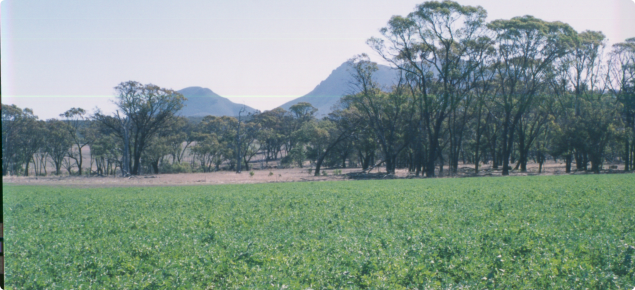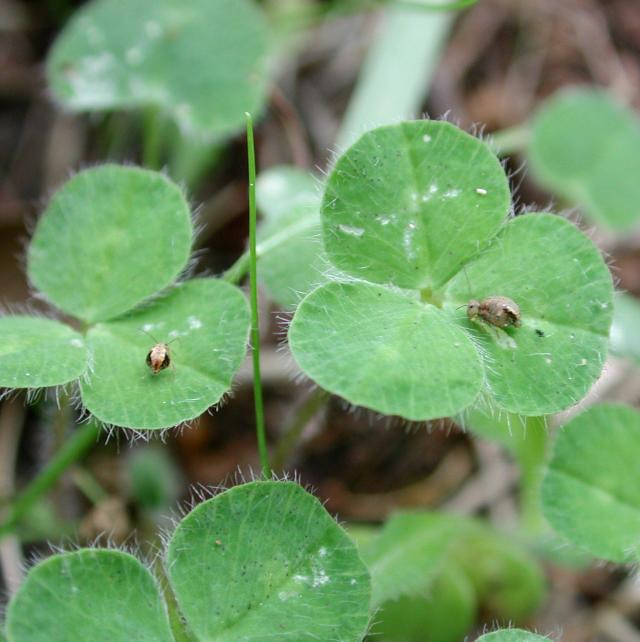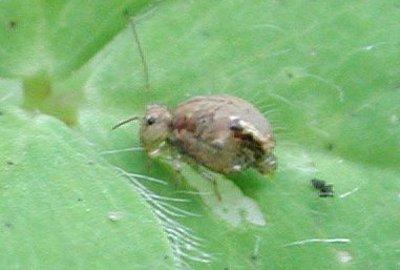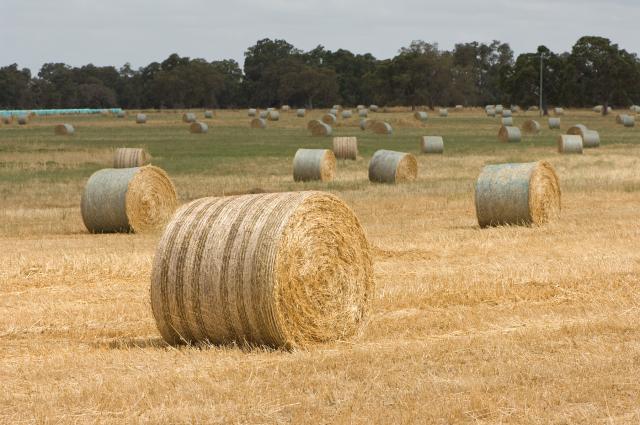Grazing
Lucerne is well suited to rotational grazing. A stand that is continuously grazed will not survive as long as a stand that is rotationally grazed. Allow maximum feed growth after out of season rainfall before grazing.
Grazing in the establishment year
- Delay initial grazing until 10% flowering, which will generally occur in spring but may be delayed until autumn.
- If flowering has not occurred but leaf drop is imminent due to water stress then graze lightly for a maximum of seven days.
- Allow at least three weeks minimum between grazing events; typically four to six weeks.
While the stand is being grazed monitor new growth from the crown; they will appear as buds and then grow into new stems.
Do not graze this new growth as this will deplete the carbohydrate reserves and weaken the plant.
Grazing established stands
- Rotationally graze to maximise stand life, generally beginning at 10% flowering.
- The shorter the grazing period the less damage to emerging regrowth from the crown.
- Allow at least three weeks minimum between grazing events; typically four to six weeks.
- At a minimum, rest in spring to replenish carbohydrate reserves.
- In instances where the plant density is low <10-15 plants per square metre (m2), inclusion of annual pasture legumes can help to maintain winter feed productivity.
Nutrition
Lucerne has a high demand for the major nutrients, so regular (three to four years) soil and plant testing is advised.
Maintain soil pH as lucerne is not tolerant of acid soils.
Maintenance phosphorus (P) should be applied every year — 10-15 kilograms (kg) of P per hectare.
Potassium (K) applications are required on soils with <80 milligrams (mg) per kg Potassium.
Sulphur (S) applications are also required annually; especially on lighter soils with <10mg/kg S.
Lucerne removes 20-30kg of nitrogen/tonne dry matter, 3-4kg of phosphorus, 20kg potassium and 2-4kg of sulphur/tonne dry matter.
Weed control
Robust weed control options exist for established lucerne stands.
Stands that are older than one year can tolerate paraquat, diquat, simazine and diuron. These herbicides are often applied during mid to late winter immediately after the stand has been grazed.
Grazing reduces lucerne leaf material minimising damage from the herbicides (although there is no permanent damage) as well as allowing greater herbicide coverage of the weeds.
Use of these herbicides enables weeds such as herbicide resistant ryegrass and wild radish to be controlled. If weeds are not controlled then reductions in lucerne biomass, persistence and water use will occur as well as allowing cereal root disease carry-over.
The post-emergent herbicides that are available when establishing lucerne can also be used in established stands.
Insects and diseases
The main pests of established lucerne are red legged earth mite and lucerne flea.
Other pests can include aphids, weevils and grasshoppers. In most situations insect damage can be limited by grazing.
Well managed lucerne is relatively free of fungal diseases. However, fungal diseases can attack the foliage, crown or roots.
Foliar disease can be controlled by grazing or cutting for hay and removing the infected foliage.
Fungal diseases in the crown and roots are difficult to control; use of resistant cultivars is the most effective method to avoid production losses.
Nematodes and virus diseases can also damage lucerne stands. Nematodes are difficult to control and require rotation with non-hosts and the use of resistant cultivars. The spread of viruses can be reduced by grazing or cutting for hay.
Animal management
Bloat is the major problem for cattle grazing lucerne; sheep are less susceptible.
To minimise the incidence of bloat:
- Do not introduce young stock to actively growing lucerne, especially in autumn or spring.
- Do not introduce hungry stock onto lush lucerne stands. Pre-feed with dry roughage.
- Provide ad lib fibre such as cereal straw.
To maintain growth rates in livestock, ensure consistent availability, which may mean low numbers of stock moving regularly.
Scouring may be evident when grazing lush stands and can be alleviated by providing more fibre (roughage), but this is not normally necessary when stands are grazed at the correct stage.
Ensure animals are vaccinated against pulpy kidney (enterotoxemia) as susceptibility increases on high quality feed.
Red gut can also be associated with lush, actively growing lucerne and the risk can be reduced by providing hay (fibre) in the paddock.
Cutting for hay
Opportunistic seasonal conditions may allow for lucerne to be cut for hay. These opportunities may be limited in the lower rainfall areas. Yields, quality and number of cuts will be determined by seasonal conditions.
In general:
- aim to maximise quality, not quantity and cut only what can be baled in a day
- cut the old growth when the regrowth from the crown is an average of 2 centimetres (cm)
- use a mower height of 7-10cm
- reduce handling to minimise leaf shatter (avoid raking where possible).
Removing lucerne for cropping
The removal of lucerne before the cropping phase benefits the crop because it reduces the competition for soil nutrients and water.
Lucerne can be removed when actively growing in either the spring or autumn. If removed in spring it allows greater time for plant residues to break down releasing nitrogen into the soil and greater soil moisture retention. However, depending on rainfall there is a loss of pasture production over the summer and autumn period.
Established lucerne can be difficult to effectively remove because of its deep root system and stored carbohydrate reserves in the crown.
Set stocking will reduce carbohydrate reserves and weaken the plant. Herbicides also need to be applied; consult your agronomist for the latest in herbicide options.




